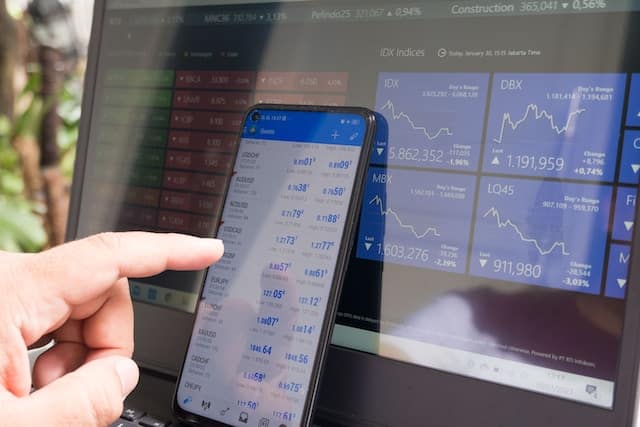Diversification is a cornerstone of sound investment strategy, spreading risk across a range of assets to protect against volatility. Limit orders offer investors control, ensuring trades occur at specific prices. Monitoring market trends and news is essential for informed decision-making, helping investors navigate dynamic markets. Understanding these tools empowers investors to make strategic choices and build resilient portfolios. Overcoming market manipulations requires savvy tactics, and utilizing platforms like Graminator can offer automated trading strategies to navigate such challenges.
Diversification of investment portfolios
Diversification is a fundamental strategy in investment management that involves spreading your investments across a range of assets to reduce risk. By diversifying, you can minimize the impact of any single investment’s performance on your overall portfolio. This approach is based on the principle that different assets react differently to the same event, so if one asset underperforms, others may perform better, helping to balance out losses.
One way to diversify is by investing in different asset classes, such as stocks, bonds, real estate, and commodities. Each asset class has its own risk and return characteristics, so a diversified portfolio can benefit from the potential upside of multiple asset classes while mitigating the downside risk of any single asset class.
Another aspect of diversification is spreading investments within an asset class. For example, within the stock market, you can diversify by investing in different industries or sectors. This way, if one sector experiences a downturn, your exposure is limited, and other sectors may still perform well.
It’s important to note that while diversification can reduce risk, it does not eliminate it entirely. Market conditions can affect all investments to some degree. However, by diversifying intelligently, you can build a portfolio that is better positioned to weather market fluctuations and achieve more stable long-term returns.
Use of limit orders
A limit order is a type of order to buy or sell a security at a specified price or better. Unlike a market order, which is executed immediately at the current market price, a limit order allows investors to set a price at which they are willing to buy or sell, ensuring that the trade is executed at a desired price or better.
One of the key benefits of using limit orders is that they give investors more control over the price at which they buy or sell a security. This can be particularly useful in volatile markets where prices can change rapidly. By setting a limit price, investors can avoid paying more than they are willing to for a security or receiving less than they expect when selling.
Limit orders can also help investors take advantage of short-term price fluctuations. For example, if an investor believes that a stock is currently overvalued but may become more attractive at a lower price, they can place a limit order to buy the stock at a lower price, allowing them to potentially capitalize on a price decline.
Overall, the use of limit orders can help investors manage their trading costs, minimize the impact of market volatility, and execute trades more efficiently.
Monitoring market trends and news
Monitoring market trends and news is essential for investors to stay informed about current market conditions and make informed investment decisions. Market trends can provide valuable insights into the direction of various asset classes, helping investors identify potential opportunities and risks.
One way to monitor market trends is by analyzing price movements of key indices and individual securities. By tracking these movements over time, investors can identify patterns and trends that may indicate future price movements.
In addition to price movements, keeping abreast of market news and events is crucial. Economic indicators, corporate earnings reports, and geopolitical developments can all impact market conditions and asset prices. By staying informed about these factors, investors can better anticipate potential market movements and adjust their investment strategies accordingly.
Monitoring market trends and news is not just about reacting to short-term fluctuations. It’s also about understanding the broader economic and market forces at play and how they may impact your long-term investment goals. By staying informed and proactive, investors can make more informed decisions and potentially achieve better investment outcomes.
Conclusion
Diversifying portfolios, using limit orders, and staying informed about market trends are vital for successful investing. These strategies help mitigate risks, maximize opportunities, and navigate the complexities of financial markets. By implementing these practices, investors can enhance their chances of achieving long-term financial goals and weathering market uncertainties.
The above information does not constitute any form of advice or recommendation by London Loves Business and is not intended to be relied upon by users in making (or refraining from making) any finance decisions. Appropriate independent advice should be obtained before making any such decision. London Loves Business bears no responsibility for any gains or losses.






Leave a Comment